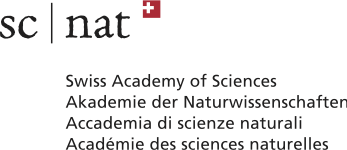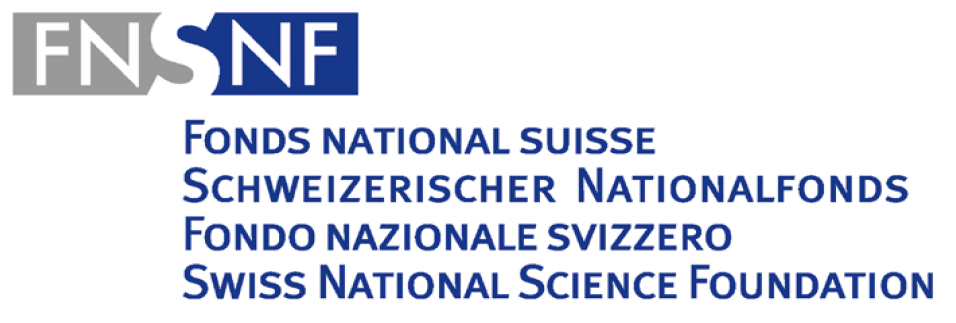Download the program, the abstracts and useful info as a pdf.
| Tuesday | Wednesday | Thursday | Friday | ||||
|---|---|---|---|---|---|---|---|
| 930–1030 | Pierre de la Harpe | 930–1030 | Anja Randecker | 930–1030 | Pierre Dehornoy | ||
| 1115–1215 | Valeriano Aiello | 1115–1215 | Erwan Lanneau | 1045–1145 | Bram Petri | ||
| 1330–1415 | Registration | ||||||
| 1415–1515 | Hugo Parlier | 1415–1515 | Luisa Paoluzzi | 1415–1515 | Patrick Orson | ||
| 1600–1700 | Eva Bayer-Fluckiger | 1600–1700 | Krzysztof Putyra | ||||
Titles and abstracts:
Hugo Parlier:Curves, surfaces and intersectionOn closed surfaces of positive genus, through classical work of Dehn, simple closed curves can be described using their intersection numbers. Now what if you want to describe curves with self-intersections in a similar way? This talk will be on joint work with Binbin Xu about this question, and where we end up constructing and studying so-called k-equivalent curves. These are distinct curves that intersect all curves with k self-intersections the same number of times.
Eva Bayer-Fluckiger:Signatures of knots with given Alexander polynomialThe aim of this talk is to study signatures and Milnor signatures of knots with a given Alexander polynomial.
Pierre de la Harpe:A celebration of Vaughan JonesVaughan Jones was a man and a friend. Among other things, he showed us subfactors and knot polynomials. The talk will present some of his results on these subjects.
Valeriano Aiello:Jones’ representations of the Thompson group F and their spectral measuresThe Thompson group is a group of homeomorphisms of the unit interval. Motivated by the study of subfactors, in the last few years Vaughan Jones introduced a machinery that allows to construct unitary representations of the Thompson groups, some of which are related to knot and graph invariants. In this seminar I will report on a joint work with V. Jones on the types of spectral measures associated with Jones' representations of F.
Luisa Paoluzzi:Cyclic branched covers of alternating knotsThe goal of the talk is to show that cyclic branched covers are strong invariants for prime alternating knots. More precisely, the following result holds: Let K be a prime alternating knot and n>2. If a knot K' has the same n-fold cyclic branched cover as K, then K and K' are equivalent. I will start by recalling some known results on the behaviour of cyclic branched covers as topological invariants for knots. These will contextualise the aforementioned result and justify its hypotheses. I will then point out what features of alternating knots are key to obtain the result, before providing the structure of its proof.
Krzysztof Putyra:Towards a spectral sequence from HOMFLYPT to Heegaard Floer knot homologyThe beauty of the HOMFLYPT polynomial is that it generalizes all sl(N) link polynomials as well as the Alexander-Conway polynomial. In the categorified setting the analog relation has been found by Rasmussen by constructing a spectral sequence from categorified HOMFLYPT to sl(N) link homology for all N > 0. However, a similar relation to the categorified Alexander-Conway polynomial - the Heegard Floer knot homology - is currently unknown, although results of Manolescu an Dowlin suggests that such a spectral sequence should exist. In my talk I will construct a spectral sequence from the HOMFLYPT homology to a certain homology of a knot diagram that is closely related to HFK. This is a joint work with Anna Beliakova (Zurich), Louis-Hadrien Robert (Luxembourg) and Emmanuel Wagner (Paris).
Anja Randecker:Topological behaviour of conjugacy classes of big mapping class groupsClassical mapping class groups, i.e. for surfaces of finite type, are well-studied objects: they are discrete groups expressing the symmetries of the surface. When we turn our attention to surfaces of infinite type, the situation changes drastically: In particular, the mapping class groups are now uncountable and we can define an interesting topology on them. This lets us ask many new questions: When considering the conjugacy action of a big mapping class group on itself, can there be comeager orbits? Or at least dense orbits? Or at least somewhere dense orbits? In this talk, I will give a short introduction to surfaces of infinite type and big mapping class groups and then answer the questions above (with "no", "sometimes", "some more times"), using tools from model theory. This is based on joint work with Jesús Hernández Hernández, Michael Hrušák, Israel Morales, Manuel Sedano, and Ferrán Valdez.
Erwan Lanneau:Intersection form on translation surfacesOn closed surfaces, the algebraic intersection of closed curves induces a symplectic form on the first homology group. When the surface is endowed with a Riemannian metric, a natural question is how much can two curves of a given length intersect? Surprisingly very little is known for hyperbolic surfaces. We will discuss this question in the setting of translation surfaces. This is based on joint work with Daniel Massart.
Patrick Orson:Topologically embedding spheres in knot tracesGiven a compact topological 4-manifold, it is a basic question to determine when a second homology class can be represented by an embedded 2-sphere. I will discuss the question for knot traces; these are manifolds with boundary, that are homotopic to the 2-sphere, and obtained by attaching a 2-handle to the 4-ball along a framed knot in the 3-sphere. I will describe joint work, where we completely characterised when a generator of second homology can be represented by a locally flat embedded 2-sphere with abelian exterior fundamental group. The answer is in terms of classical and computable invariants of the knot.
Pierre Dehornoy:Around the minimal-genus question for open book decompositionGiven a vector field on a 3-manifold, an adapted open book decomposition is a finite collection of periodic orbits of the vector field that form a fibered link, so that the fibers are transverse to the vector field. This is a powerful topological tool for studying the dynamics of the vector field. In the context of contact topology, Etnyre asked (2006) whether every contact structure admits a contact form whose Reeb vector field admits an adapted open book whose pages have genus 0 or 1. Earlier Fried asked (1982) whether any transitive Anosov flow admits an adapted open book whose pages have genus 1. We will discuss this last question and explain a partial result (with the assistance of a computer) toward a positive answer to Fried’s question.
Bram Petri:Random 3-manifolds with boundaryIf one randomly glues a finite number of tetrahedra together along their faces, the probability that the resulting complex is a manifold tends to zero as the number of tetrahedra grows. However, the only non-manifold points are the vertices of this complex. So, if we truncate the tetrahedra at their vertices, we obtain a random manifold with boundary. This talk will be about the geometry and topology of that manifold. This is joint work with Jean Raimbault.





